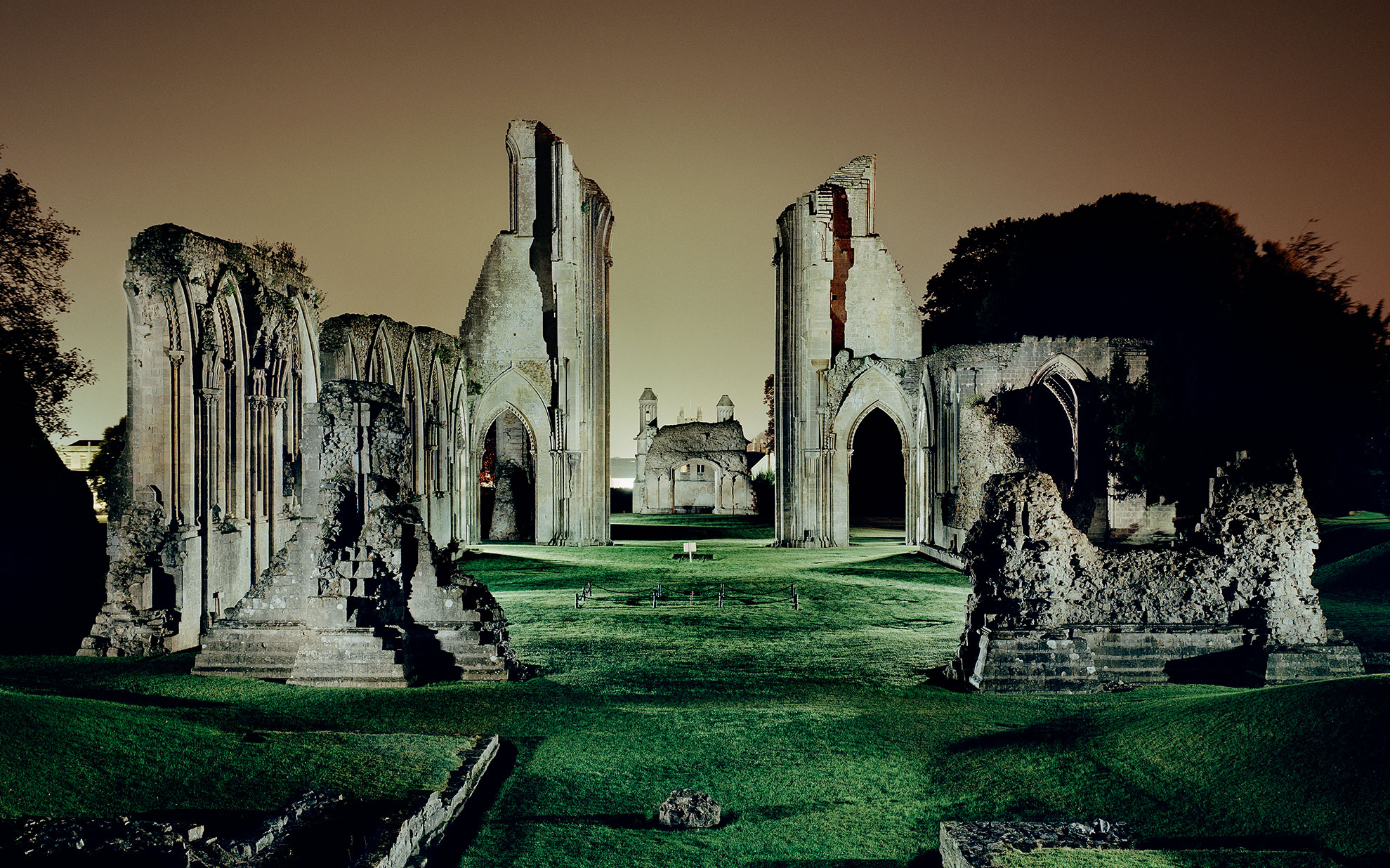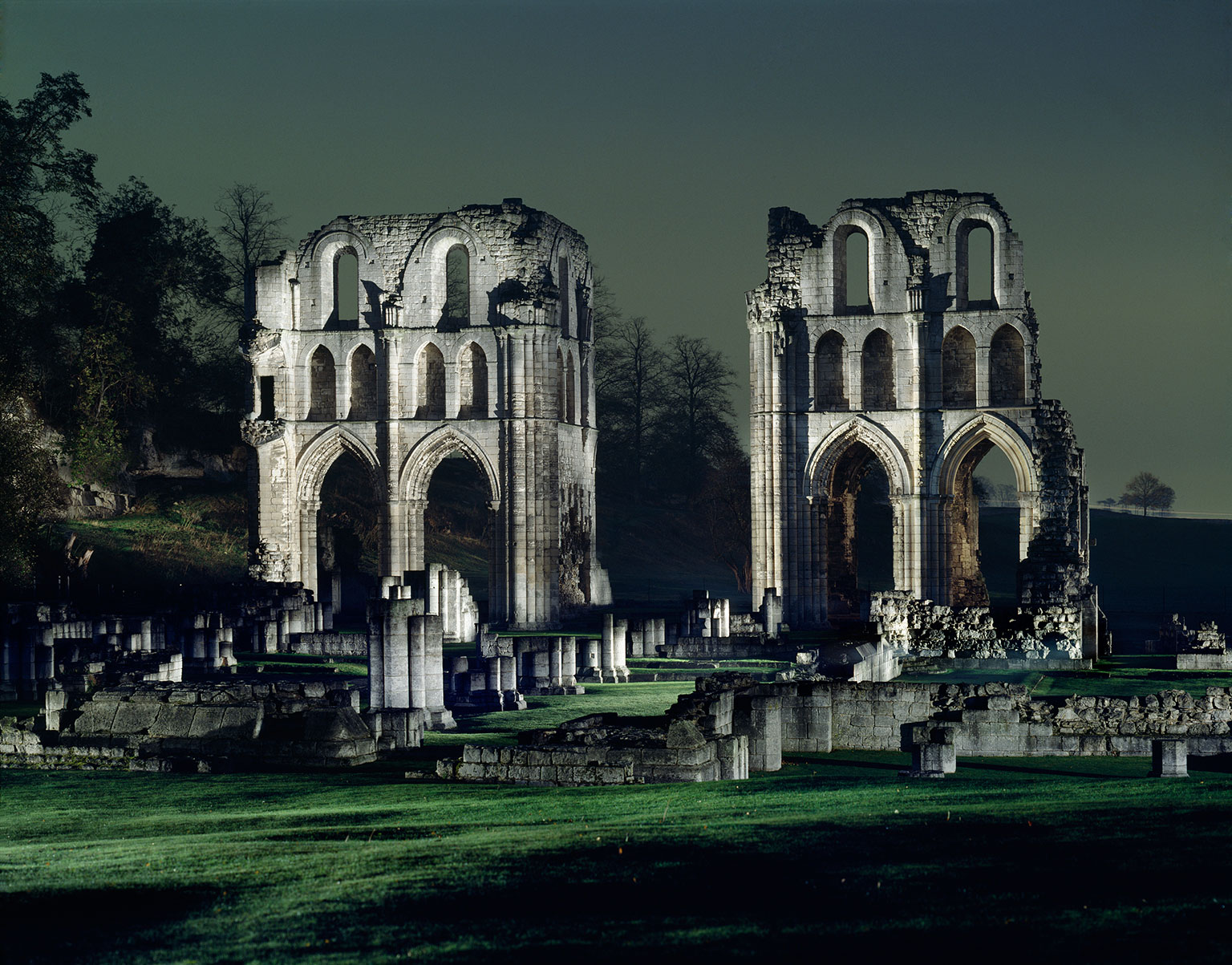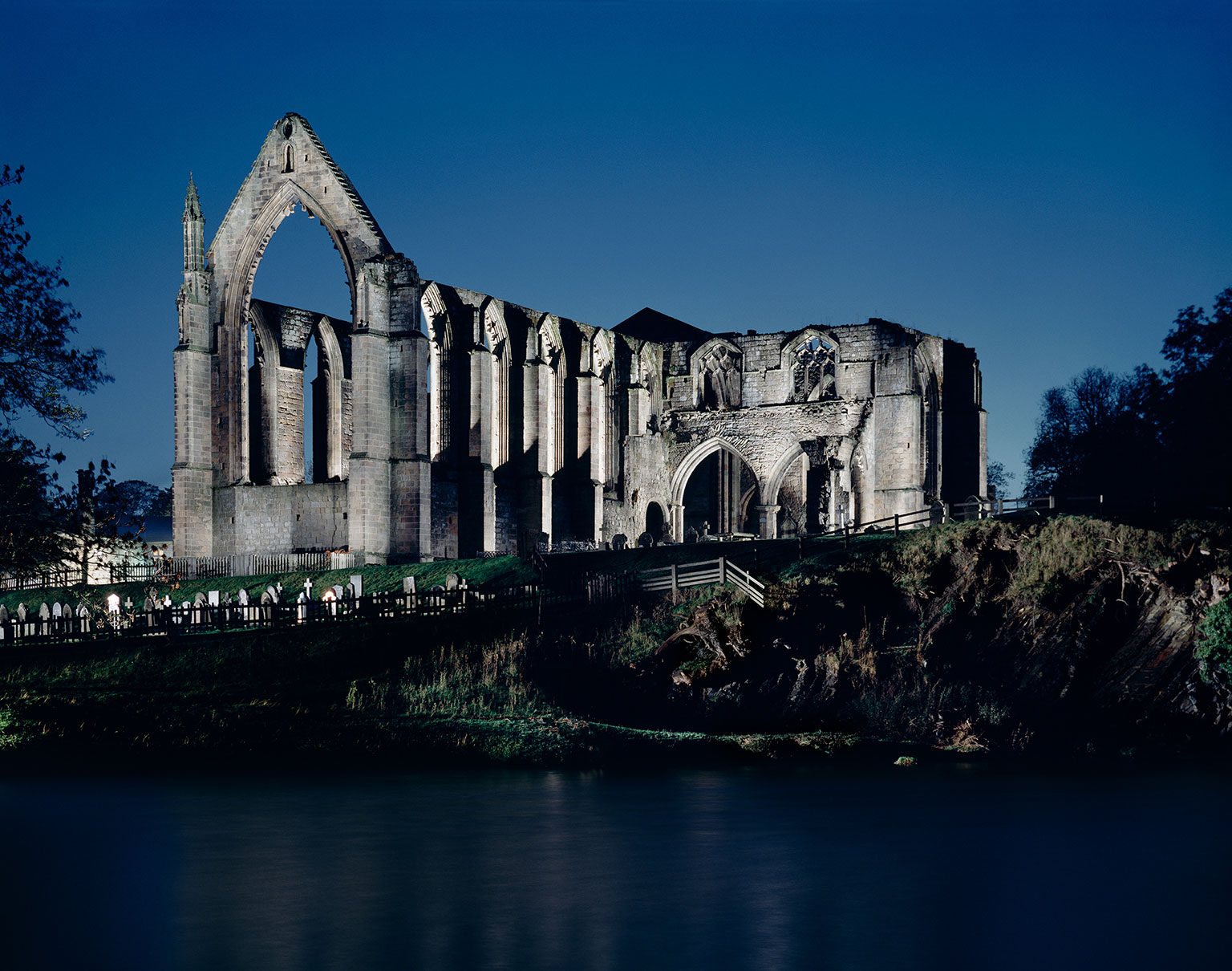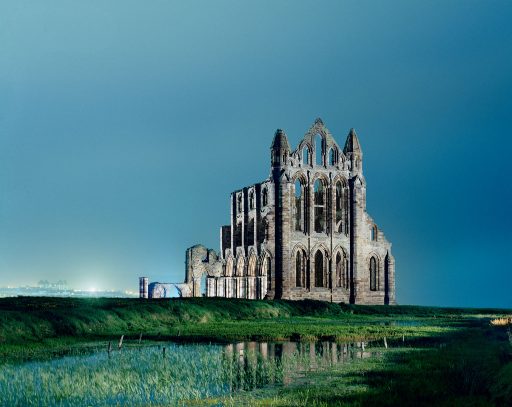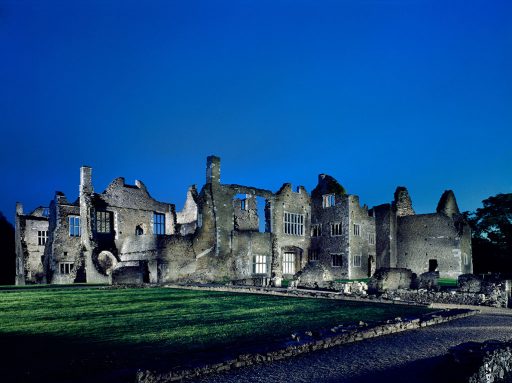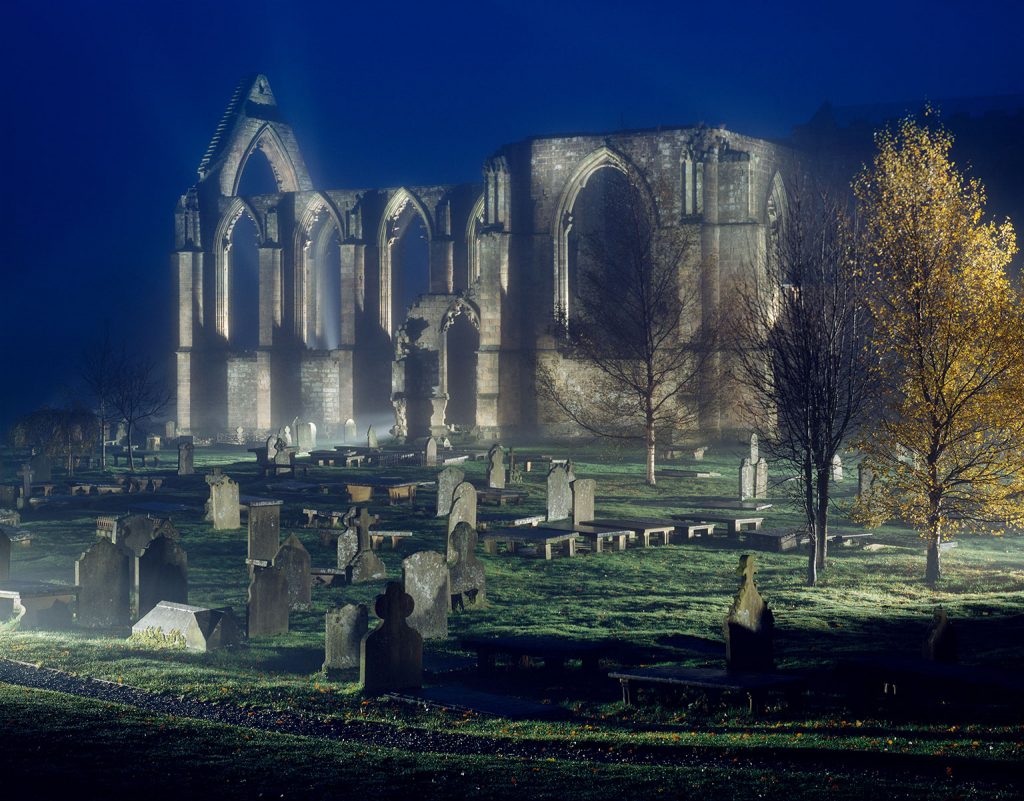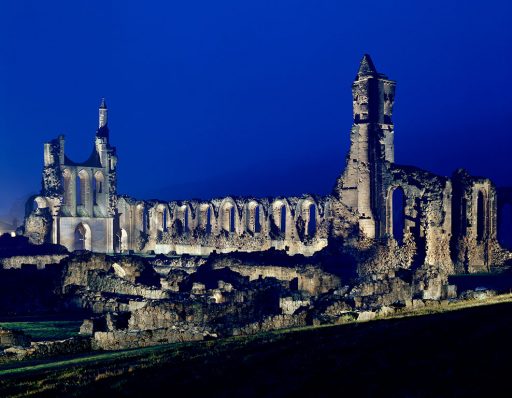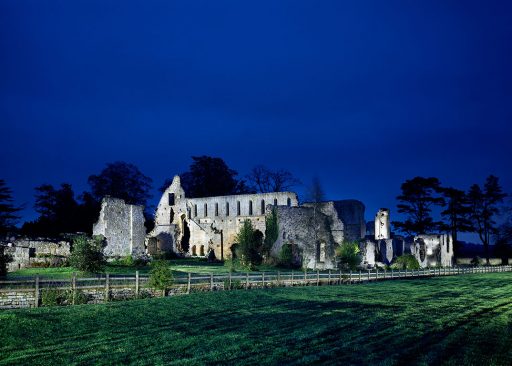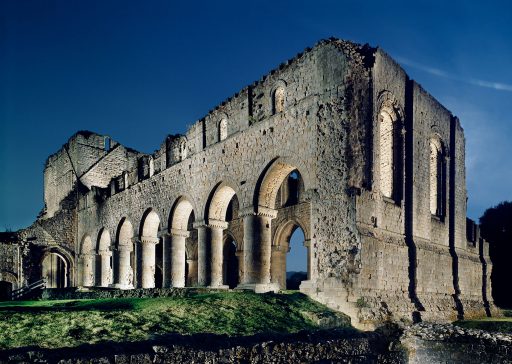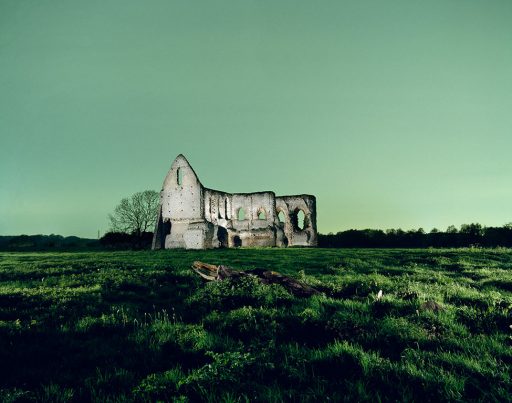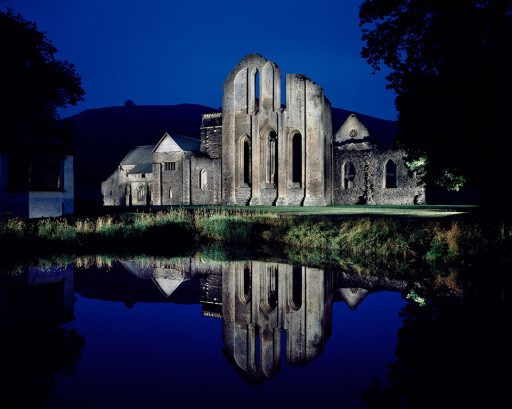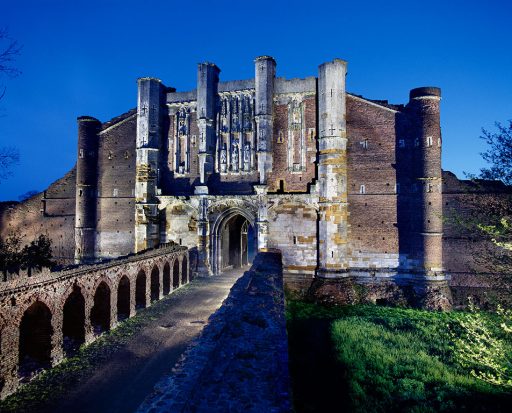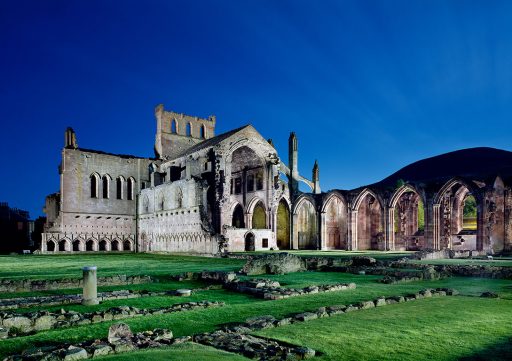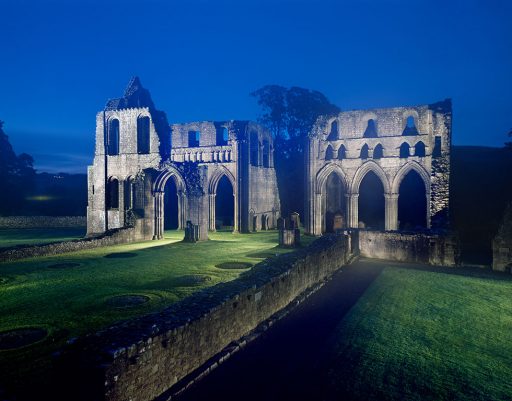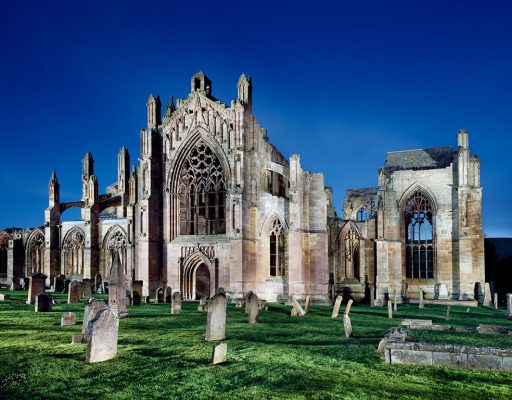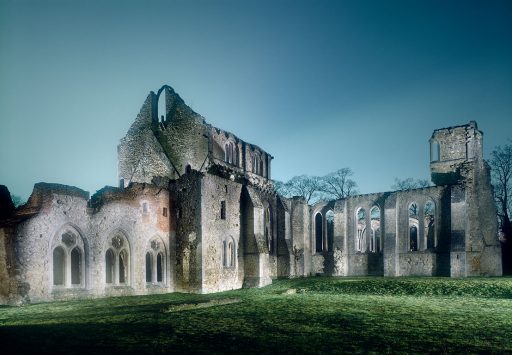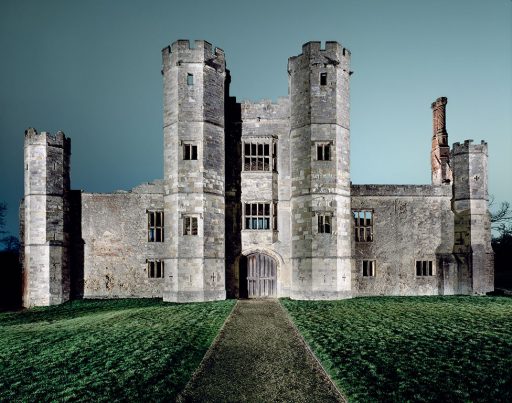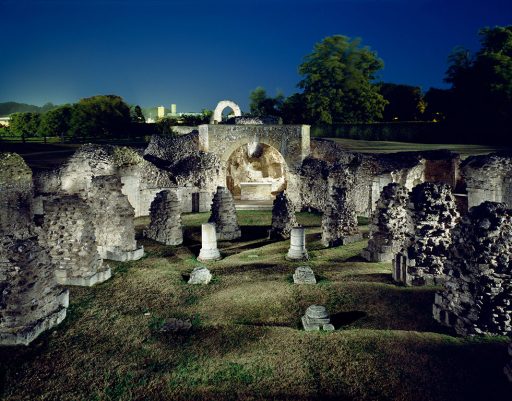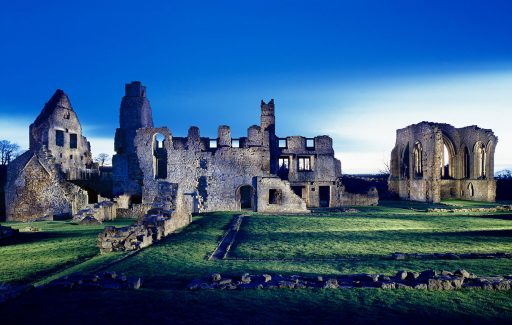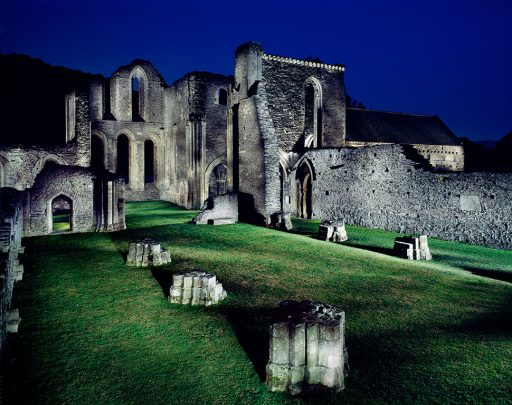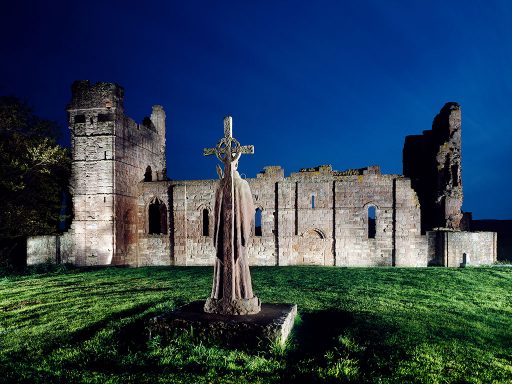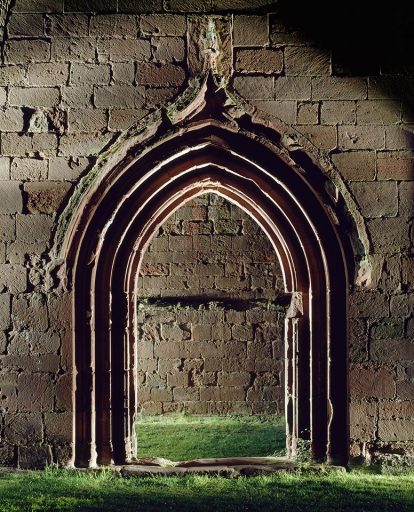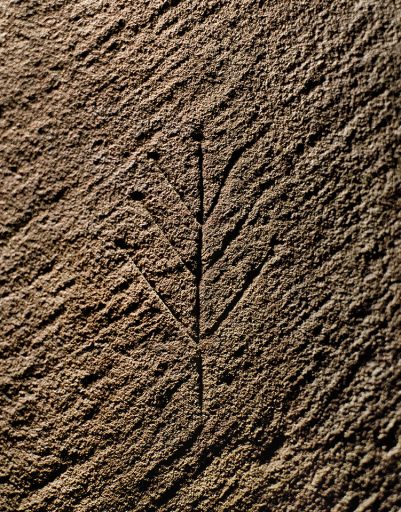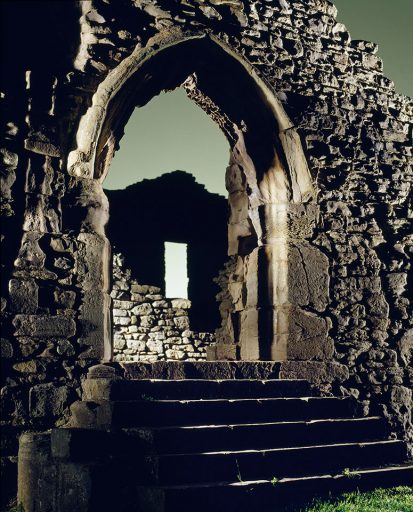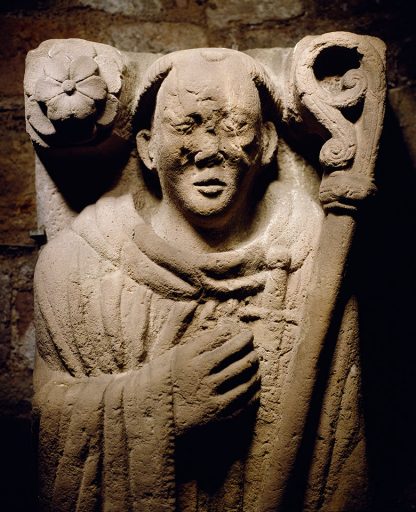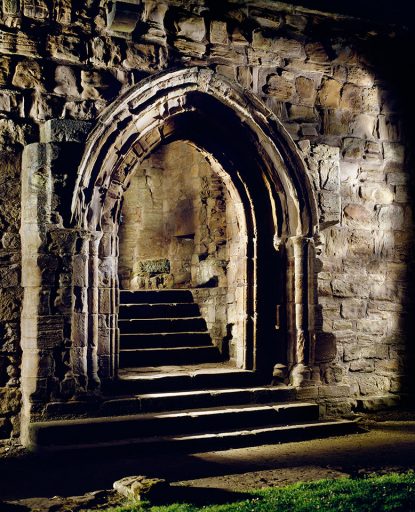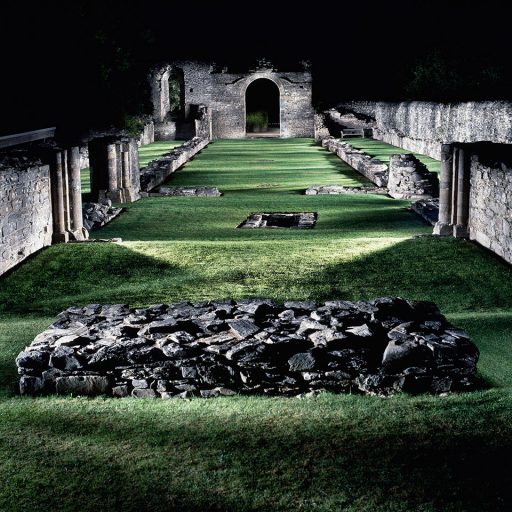Das Erbe der britischen Klosterruinen
The legacy of the British monastic ruins
Seit gut einem halben Jahrtausend sind die britischen Klosterruinen Teil der englischen Landschaft, stehen als steinerne Zeugen inmitten von Parklandschaften, an Flussläufen oder windzerzausten Hochflächen. Sie erzählen von Englands größter Enteignungsaktion.
Um die Scheidung von Katharina von Aragon zu erreichen, brach Heinrich VIII mit Rom und erklärte sich 1534 durch die Suprematsakte zum Oberhaupt der Kirche von England.
Die englischen Geistlichen mussten in einem Eid das neue Kirchenoberhaupt anerkennen. Wer ablehnte, wurde mit dem Tod bestraft und wer zustimmte, lieferte sich der Krone aus.
Die Loslösung von Rom war für Heinrich auch lukrativ. Die neu gegründete anglikanische Kirche musste ihre hohen Zahlungen jetzt direkt an die Krone leisten und nicht mehr nach Rom. Der König ordnete letztendlich auch die Auflösung der Klöster an. Zwischen 1536 und 1540 wurden überall im Königreich Klöster beschlagnahmt, zerstört, geplündert und Ländereien an den loyalen Adel übertragen.
Von den Idealen der frühen Klostergründungen hatte sich die katholische Kirche zu der Zeit schon längst entfernt: riesige Bauten auf noch größeren Ländereien und der enorme wirtschaftliche Einfluss der Klöster missfielen nicht nur dem König.
Durch die „Dissolution“ wurde die Klosterwelt auf der Insel in den Abgrund gerissen. Um 1540 standen nur noch Gerippe von den tausend Jahren englischer Klosterwelt.
Heute kann man die Klosterruinen wie ein aufgeschlagenes Buch lesen. Kein Tor ist mehr verschlossen, kein Blick wird mehr verwehrt in den Chor oder die Zellen der Mönche. Sie erzählen von eiskalter royaler Machtpolitik, den mönchischen Orden und ihren Ideen, Legenden und Leiden einer das christliche Abendland prägenden Kulturidee.

